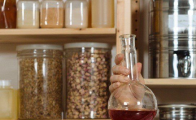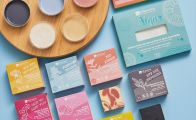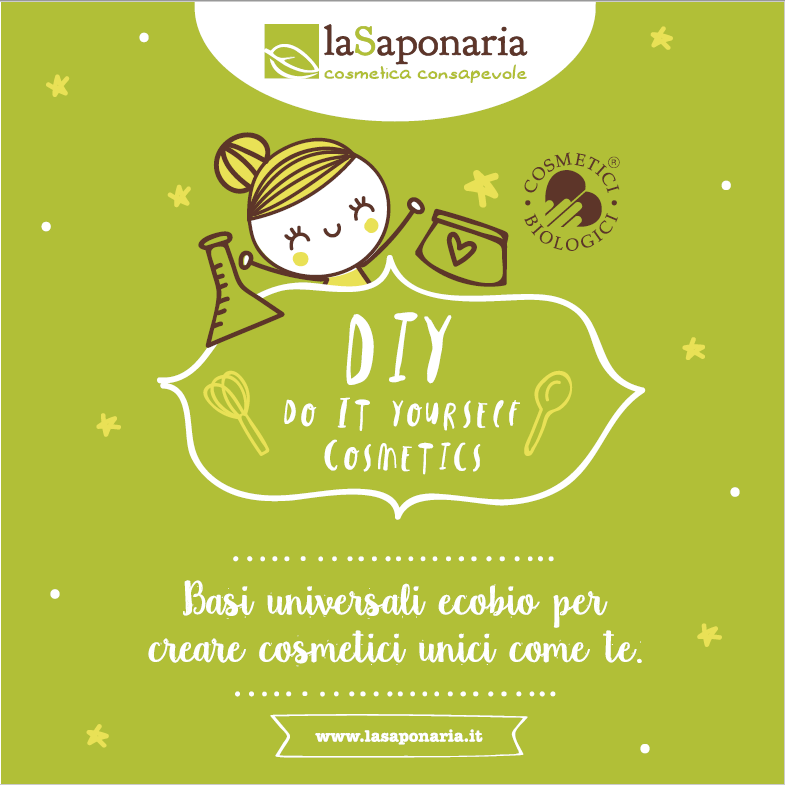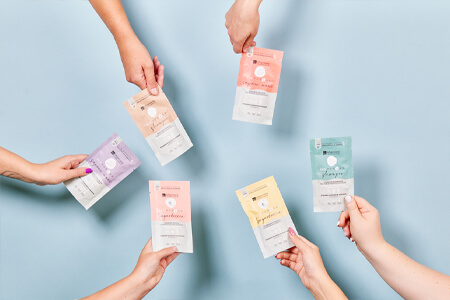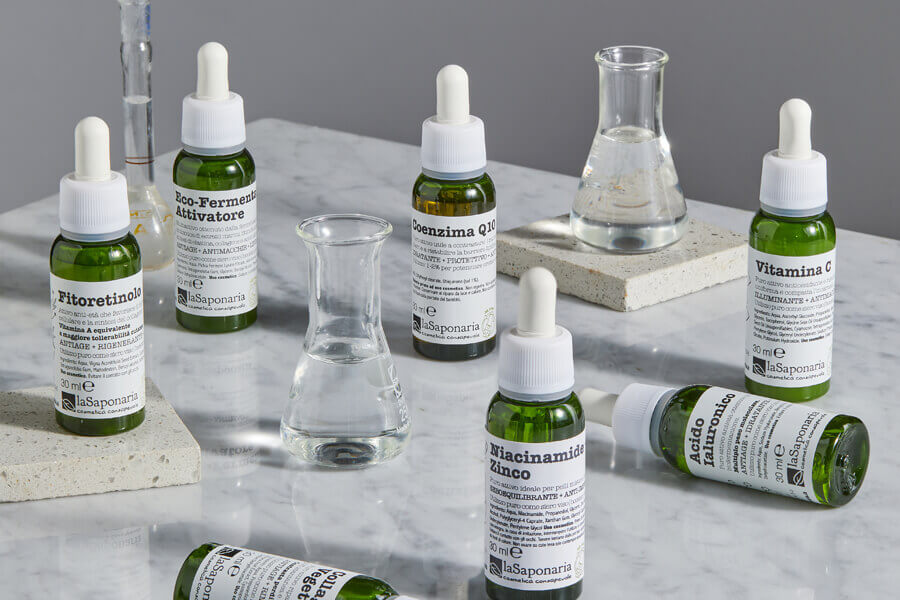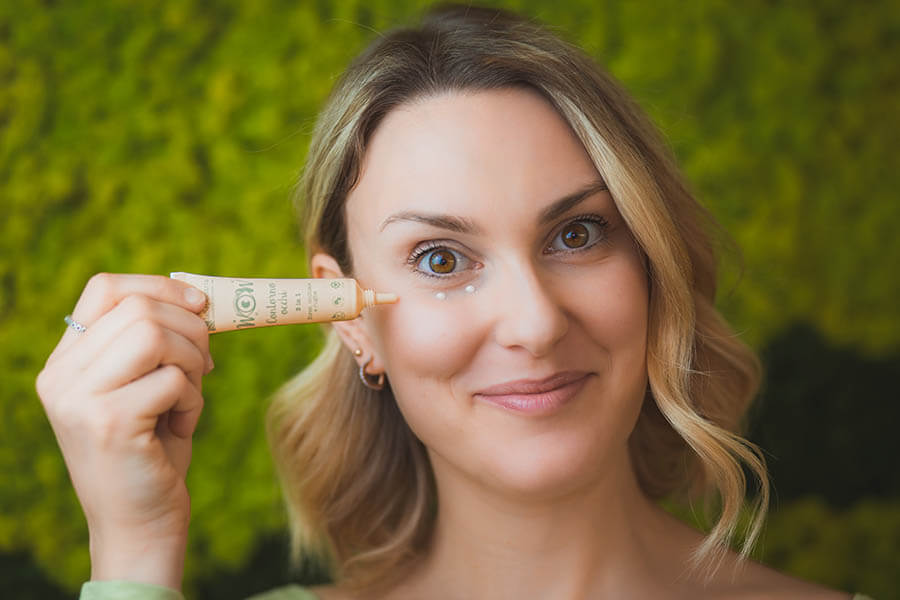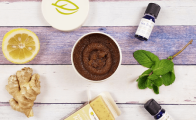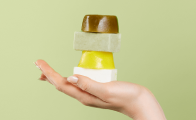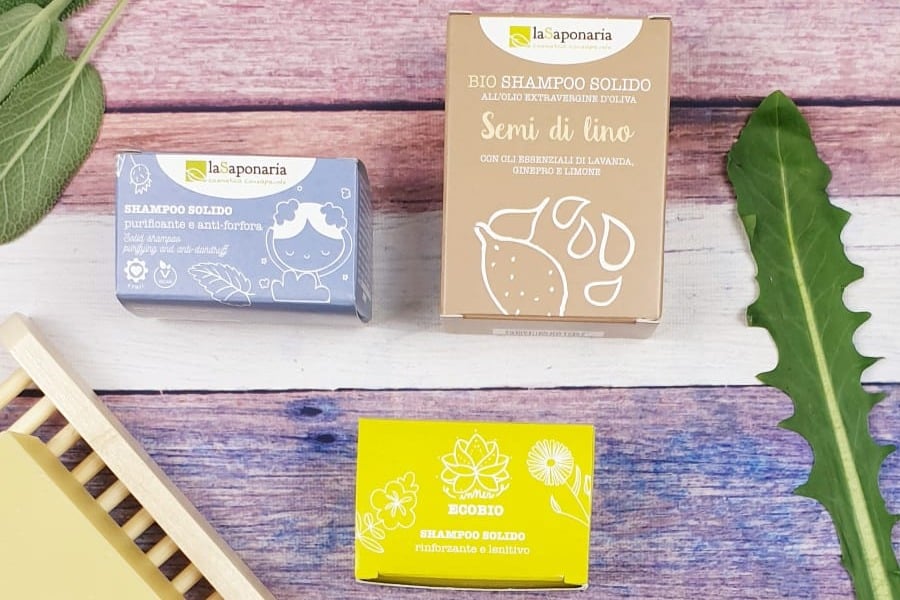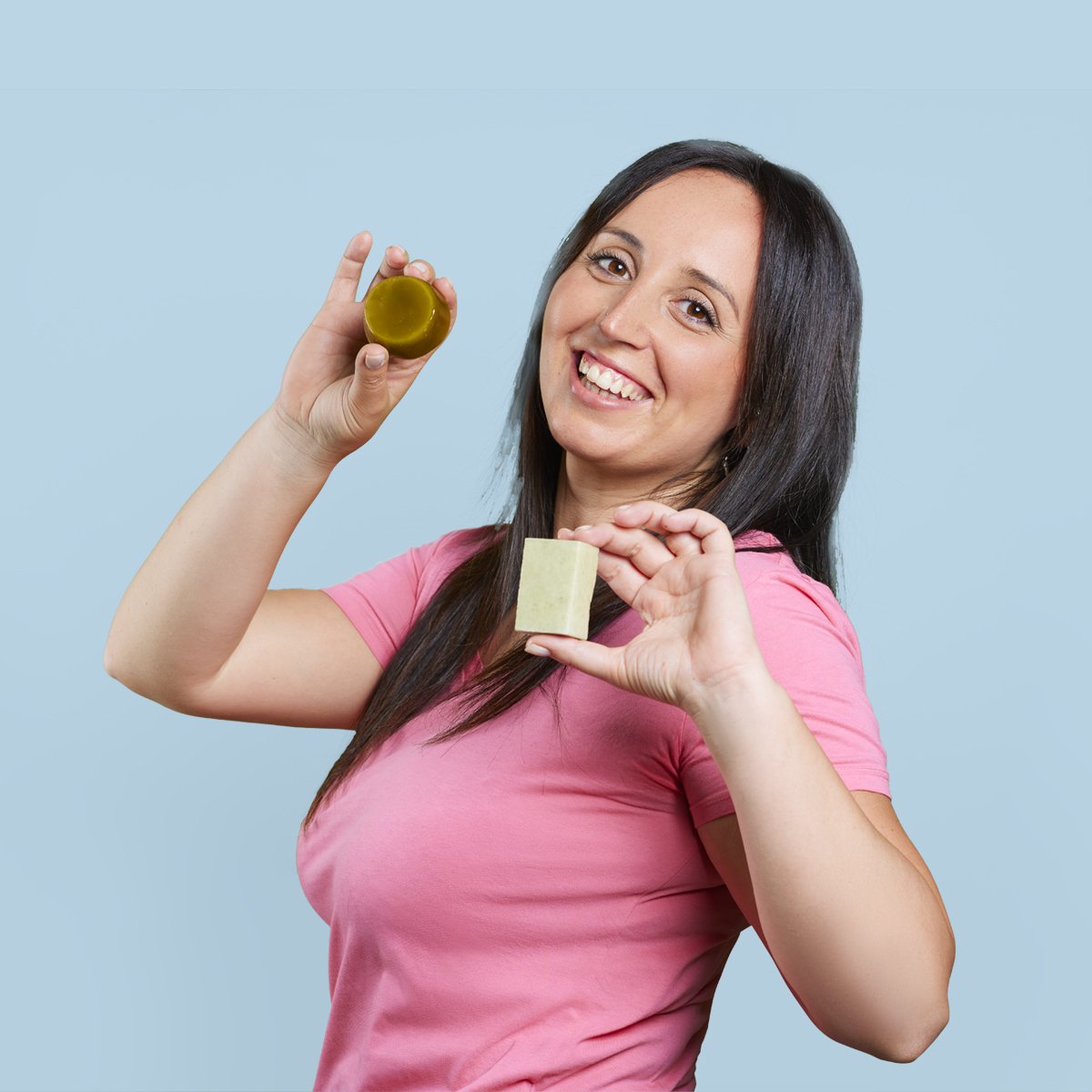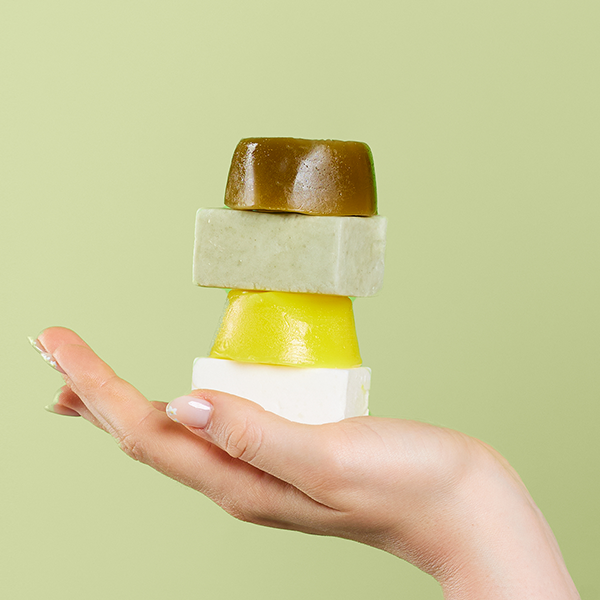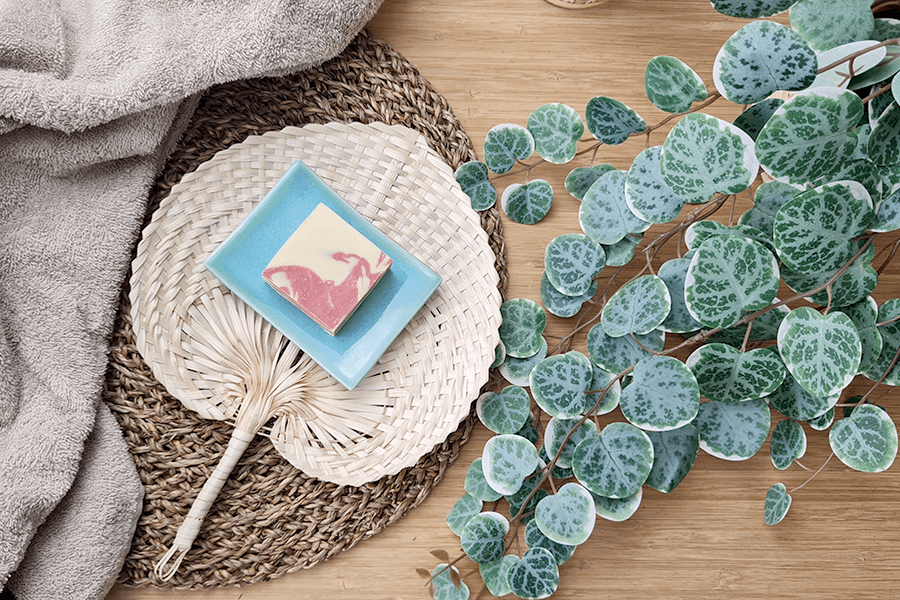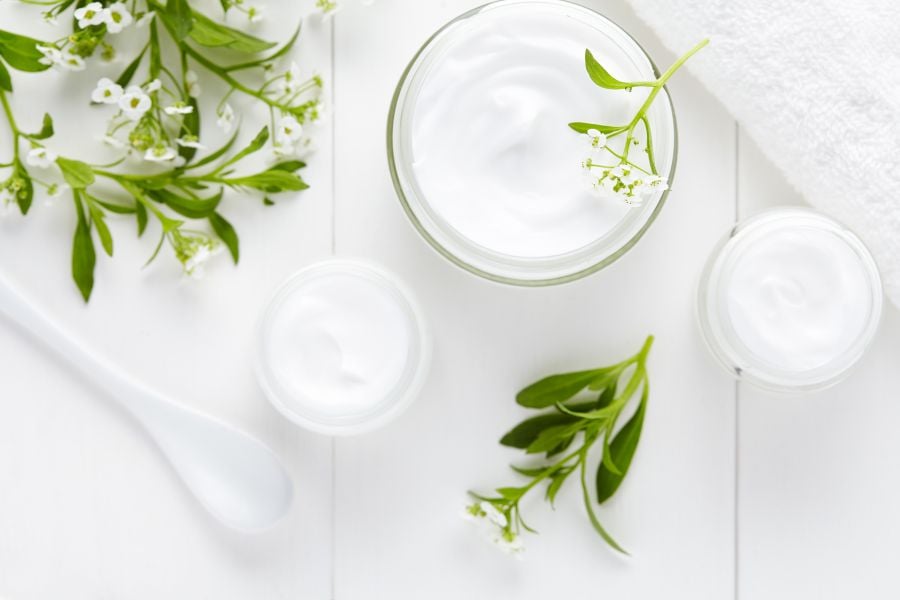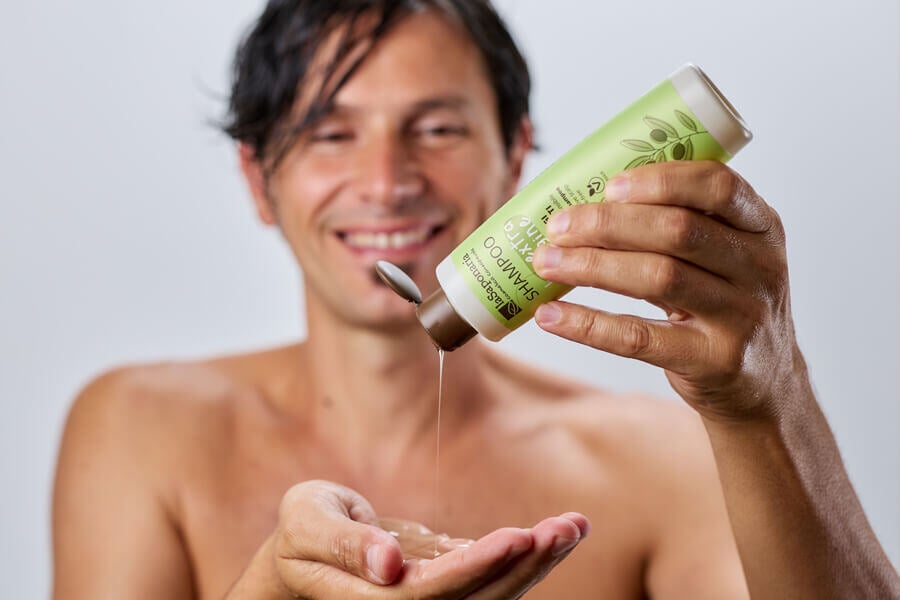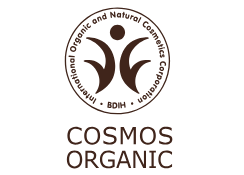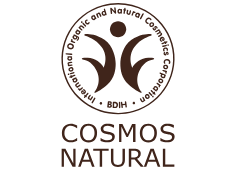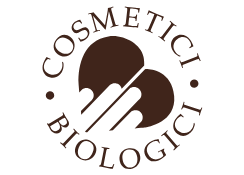The insights of La Saponaria
Solid shampoo: what it is, how to use it and why it is better than liquid shampoo
Solid shampoo: a choice more and more people are making, to avoid the use of plastic bottles. How to use it? Does it have disadvantages compared to traditional liquid shampoos? Let’s find out!
Solid shampoo has proved rather successful in recent years, both because it is a sustainable, zero-waste solution and because it’s practical and convenient to take with you on the go.
But how to use solid shampoo? Is it suitable for all hair types? How best to store it? And is it really true that it is better than liquid?
In this article, we’ll try to shed some light on the matter and answer all your questions about solid shampoo.
This is what we’ll be looking at:
• What is solid shampoo?
• How is solid shampoo formulated?
• Who is solid shampoo suitable for?
• How to use solid shampoo
• How long does solid shampoo last?
• Solid conditioner
• How to store solid shampoo
• Is solid shampoo better than liquid shampoo?
• Why use solid shampoo: a zero-waste and plastic free choice
• Solid shampoo: pros and cons
• Conclusions
What is solid shampoo?
It looks like a bar of soap, but it is not: it is an actual shampoo formulated with all the specific active ingredients for hair cleansing and care.
Solid shampoo has the same function as liquid shampoo, but in a solid form.
There are various shapes and colours of solid shampoo on the market, depending on the company that produces them.
How is solid shampoo formulated?
Solid shampoo has a concentrated formula and is usually composed of surfactants derived from coconut oil, to which butters, other vegetable oils, essential oils, natural fragrances, vegetable dyes and active ingredients are usually added.
Thanks to its concentrated formula, solid shampoo is an extremely effective cleansing product, without being aggressive on the skin.
What distinguishes solid shampoo from liquid shampoo is the fact that it contains a minimum percentage of water, so there is no need for preservatives.
There are two types of solid shampoo:
• those obtained by compacting ingredients, such as the solid shampoos of the Inner Prebiotic range, the Purifying and anti-dandruff solid shampoo and the Strengthening and Soothing Solid Shampoo, of which one bar is equivalent to one bottle of La Saponaria liquid shampoo and 300 ml of traditional shampoo. It has a pH that is very similar to normal liquid shampoos (about 4). This makes it suitable for all hair types and extremely easy to use.
• those obtained by saponification, such as our Linseed Solid Shampoo, which has a slightly basic pH (around 9), like a solid soap.
Solid shampoo with a basic pH has the characteristic of opening the scales of the hair: for this reason, to rebalance pH and return it to its normal acid level, it is necessary to carry out an acid rinse at the end of the wash.
The procedure is very simple, and will help to close the scales of the hair and boost shine: simply rinse the hair with a tablespoonful of apple cider vinegar or lemon juice diluted in a litre of water, or to avoid waste, even in the water used for washing, or use a Hydrolate.
Who is solid shampoo suitable for?
If you are thinking of saying goodbye to liquid shampoo and switching to solid shampoo and are wondering whether it would be suitable for your hair, we have good news: like liquid shampoo, solid shampoo is also suitable for use on all hair types.
As for liquid shampoo, you just need to choose it according to the ingredients and their action on the scalp, respecting your hair type.
• Linseed Solid Shampoo is perfect for all those with short hair, for men who want to use just one product in the shower, and for all those looking for a shampoo with impressive degreasing power.
• Purifying and anti-dandruff solid shampoo is perfect for all hair in need of shine, for all those with oily hair and for those who want to combat dandruff permanently: the beet amino acids and the linseed moisturise and strengthen the hair, while the burdock and the chicory prebiotics reinforce the skin's natural microbiota, restoring balance, regulating sebum production and helping to combat dandruff. It also contains spirulina, rich in vitamins and mineral salts, as well as tea tree, sage, mint and lavender, to add freshness and deep cleansing, leaving hair clean and shiny.
• Strengthening and soothing solid shampoo is suitable for all hair types seeking strength and volume: again, hair will be strengthened and moisturised by the beet amino acids and the linseed, while the chicory prebiotics restore balance and soothe the skin. It also contains marshmallow, marigold and witch hazel ,which add sweetness to the recipe, bringing serenity to the scalp and shine and splendour to the hair!
So, depending on the active ingredients used in the formulation, you can find the solid shampoo that is exactly right for you.
How to use solid shampoo
Using solid shampoo is very simple: just rub it in your hands until a light lather forms, spread it on the hair, massage like a normal shampoo, and then rinse well.
As we have already mentioned, there is a slight difference between basic pH solid shampoo, obtained by saponification, and acid pH solid shampoo, obtained by compacting the ingredients:
• If you’ve used a solid shampoo obtained by saponification, such as our Linseed Solid Shampoo, it is necessary to carry out a final acid rinse with vinegar, lemon or a hydrolate of your choice, which is especially useful when using this shampoo on long hair.
To perform the acid rinse, simply dilute lemon or apple vinegar in one litre of water or in the water of the last rinse, or use a hydrolate of your choice: sage, witch hazel, rosemary or thyme hydrolates are perfect for oily hair, while rose, orange blossom or geranium hydrolates can be used on hair that tends to be dry. If using a hydrolate, simply spray it directly on damp hair. With the acid rinse, the spores in the hair will close up, avoiding the sticky feeling this type of solid shampoo can leave on the lengths.
• If, on the other hand, you’ve used a solid shampoo obtained by compacting the ingredients, such as the Purifying and anti-dandruff solid shampoo or the Strengthening and Soothing Solid Shampoo, no acid rinse is required! Indeed, in the specific case of these two solid shampoos, there is a conditioning component, so in many cases the use of conditioner is not even necessary: trying is believing.
A recommendation: whether you use a solid shampoo obtained by saponification or one obtained by compacting the ingredients, it is always wise - especially to avoid unnecessary waste - not to overdo it with the lather.
How long does solid shampoo last?
Solid shampoo usually lasts longer than liquid shampoo, because it has a more concentrated formulation and does not contain water.
100 grams of product gives you about 50-60 washes, while with about 250 grams
you can wash your hair as many as 80 times.
Solid Conditioner
For a totally zero-waste routine, we can follow the solid shampoo with a solid conditioner!
This conditioner is similar to its liquid equivalent in every respect.
If you are thinking of trying a solid conditioner, we recommend:
o Strengthening Solid Conditioner - restructuring and nourishing, formulated with amla extract, which stimulates hair growth, and beet amino acids, which moisturise and strengthen the hair. The coconut oil and cocoa butter bring strength and vitality to even the driest and most damaged ends, while the turmeric leaves the hair bright and glossy, thanks to its powerful antioxidant action. It also contains linseed oil, rich in Omega 3, which has a regenerating action ideal for dull, dry and brittle hair. The special acid pH seals the scales of the hair and combats frizz.
It’s perfect if:
• your hair is fine and fragile
• your hair is dry and brittle
• your hair is treated and breaks easily
• The Solid Discipline Conditioner - polishing and anti-frizz contains spirulina, which makes the hair stronger, lemon, which makes it light and shiny, coconut oil and linseed oil. The special acid pH leaves hair soft, shiny and perfectly detangled.
It’s perfect if:
your hair is dull
your hair is oily and gets dirty quickly
your hair is frizzy and untamable.
How to use the solid conditioner: after shampooing, apply the solid conditioner to the wet lengths of the hair, or massage it into your hands first and apply it to the hair, leave on for a few minutes and then rinse.
Our solid conditioner bar weighs 40 grams and is equivalent to 200 ml of traditional conditioner.
How to store solid shampoo
It is very important, especially if you use solid shampoo in the shower, to take care to use a soap dish able to drain away the water: the bar must remain dry and not in contact with water, which would tend to dissolve it.
This is true for all solid shampoos you use, but particularly for the organic and vegan solid shampoos that are free from chemical preservatives. This is a general rule that applies to all solid natural products, including body soaps.
We recommend using a ceramic soap dish like Lotus, which comes from the fair-trade project of Craftlink in Vietnam: this is a non-profit association that works to support local artisans, especially the most disadvantaged, by promoting sustainable and durable forms of development to improve their living conditions. It is a unique product, handmade with love.
You can also store the solid shampoo inside an organza or cotton bag to hang in the shower. Again, the water will drain away, ensuring optimal preservation of the shampoo bar.
The important thing is to store the solid shampoo, whether in a soap dish or hanging in a bag, in a ventilated area and away from water.
Is solid shampoo better than liquid shampoo?
If you think about the packaging savings and the minimal impact solid shampoo has on the environment, solid shampoo is definitely better than liquid shampoo.
But in all other respects, one cannot be said to be better than the other.
Using organic and concentrated products, such as liquid shampoos from La Saponaria, is certainly a choice made with a view to respecting the environment. If your favourite shampoo is an organic and vegan liquid shampoo and you would never want to change it, you can continue to use it without feeling too guilty.
If, however, you want to do something more for the environment and have decided to eliminate plastic bottles from your life, you now have the opportunity to use products with excellent performance in terms of the care and health of your hair.
Why choose solid shampoo: a zero-waste and plastic-free choice
Going zero waste means giving up bulky containers and packaging and above all avoiding the use of all those products that are packaged in plastic.
This is why one of the first steps for those who embrace this choice is solid soap and shampoo. Our solid shampoos are sold in a recycled cardboard pack and have a biodegradable plastic film that goes in the organic waste collection.
By now it is clear that to help the planet, we have to make radical changes to our choices, and our footprint has to be as light as possible: here is a step everyone can take without affecting the health and shine of our hair.
Solid shampoo: pros and cons
But ultimately, what are the pros and cons of solid shampoo?
The advantage of using a solid shampoo compared to traditional liquid shampoos is that you can avoid the use of plastic bottles: its packaging is very light!
Solid shampoo can be found in biodegradable packaging, usually made of cardboard.
In our case, we use recycled cardboard and biodegradable film for solid shampoos
A natural solid shampoo will therefore be totally environmentally friendly and biodegradable.
Another advantage of solid shampoo is that it lasts longer than liquid shampoo, so it’s also cheaper: the price per bar may be higher than for a bottle of liquid shampoo, but it works out cheaper in the long run.
A further advantage of solid shampoo is that it does not contain preservatives (which can very often be harmful), due to the almost complete absence of water.
Another undeniable advantage of choosing solid shampoo is that it is very convenient to take on the road. It will certainly prevent unwanted liquid spillage from your travel pouches, and it can be safely taken on the plane in your hand luggage.
Eco-friendly travellers, here’s your ideal shampoo: zero waste, natural, vegan and environmentally friendly.
What about disadvantages? The disadvantages of solid shampoo lie in how it’s used, simple though it is.
Rubbing the bar directly into the hair may cause knots to form on curly or fine hair, so we recommend rubbing it between your hands first and then massaging it into the scalp.
Finally, a disadvantage of solid shampoo is that the switch from liquid shampoo may not be immediate, simply because you have to get used to it.
Conclusions
In this article, we have seen what solid shampoo is, how to use it, why to choose it instead of liquid shampoo, and the pros and cons of using it.
One last piece of advice if you are thinking of buying a solid shampoo: choose environmentally aware companies that produce cosmetics in a sustainable way,
so you can be sure your product is not only effective, but is also free of substances harmful to you and the environment.
La Saponaria produces ecological, organic cosmetics supported by an ethical supply chain that fully respects people and the planet.
Our company has created a line of solid, plastic-free cosmetics with recycled and recyclable packaging such as cardboard, cellulose and aluminium. Discover the whole range now!

Written by Simona
She is La Saponaria’s digital writer: always juggling a newsletter to send and a blog article to publish, she lovingly takes care of our social media channels and our e-commerce.



